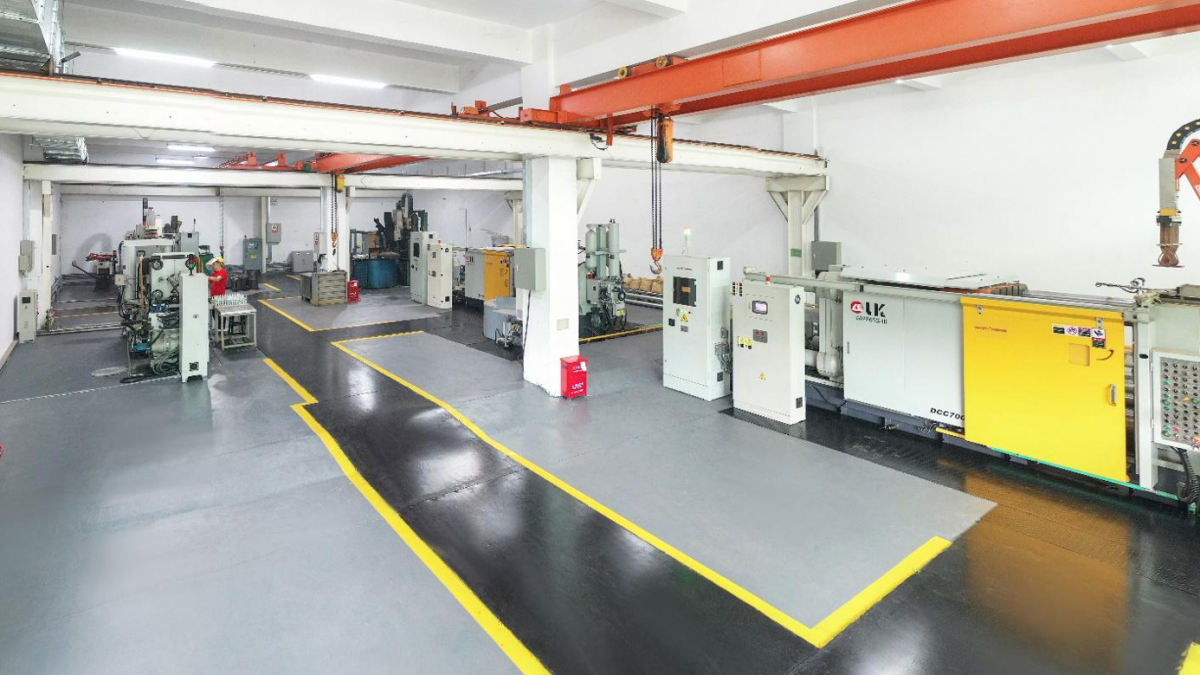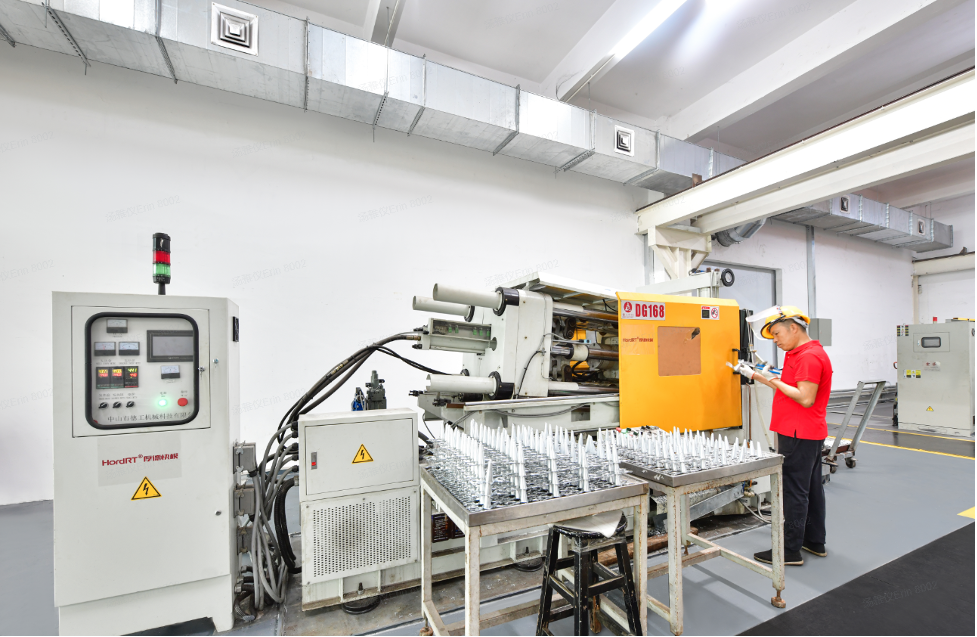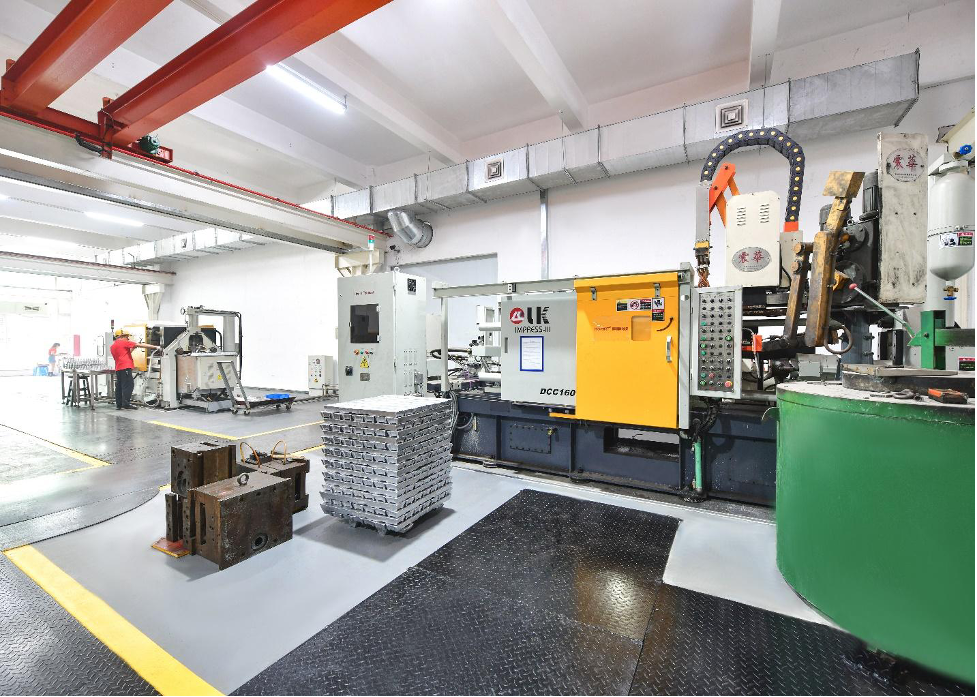
Selecting the right casting method is crucial in any manufacturing industry. The chosen technique can impact the quality, production rate, cost, and overall success of a project. Among the various casting methods available, two stand out: pressure die casting and permanent mold casting. Both of these methods have their own benefits that make them a perfect fit for different types of applications. Let’s see what these methods have to offer.
Table of Contents
Introduction to Pressure Die Casting and Its Advantages
Pressure die casting is a rapid metal casting process where molten metal, typically nonferrous like aluminum or zinc, is forcibly injected into steel molds under high pressure, producing parts with intricate details and tight tolerances. This method offers several advantages: it allows for high-speed production, results in dimensionally accurate and consistent parts, provides a smooth surface finish, and is economical for large-scale manufacturing due to its low unit costs.
Introduction to Permanent Mold Casting and Its Advantages
In contrast, permanent mold casting is a metal casting technique that employs reusable metal molds, often made of steel or iron, to produce parts. Leveraging gravity to pour molten metal into the mold, this process is favored for its ability to produce components with a smoother surface finish and greater dimensional accuracy compared to many other processes. Additionally, the reusability of molds offers cost-effectiveness in volume production, and the metallic nature of the molds facilitates faster cooling, resulting in fine grain structures and enhanced mechanical properties in the castings.
Differences Between Pressure Die Casting and Permanent Mold Casting
Here are the major differences between both of these processes.
Process and Methodology
- Die Casting: The process involves high-pressure injection, ensuring that the mold cavity is filled entirely and quickly.
- Permanent Mold Casting: This method relies on the natural force of gravity to feed molten metal into the mold.
Materials
- Die Casting: This technique is versatile, accommodating various materials ranging from tin, lead, zinc, aluminum, and magnesium to copper alloys, and even includes iron alloys like stainless steel.
- Permanent Mold Casting: This method predominantly caters to aluminum and other nonferrous alloys.
Tooling and Mold
- Die Casting: In this technique, the tooling required is intricate and can be costly. However, the investment pays off when producing large quantities.
- Permanent Mold Casting: This method uses a robust, long-lasting mold, offering extended usability without frequent replacements.
Process Control
- Die Casting: One of its standout features is the immense control it offers over the casting process, allowing for the consistent production of complex parts.
- Permanent Mold Casting: Though reliable, it does not offer the same level of control as die casting, which might lead to variances in some instances.

Applications of Pressure Die Casting and Permanent Mold Casting
The choice between die casting and permanent mold casting often hinges on the specific application in mind.
You can see die-casting products everywhere around you. Predominantly employed in the automotive industry for components like engine blocks and gearboxes, it also shapes the durable casings for electronics, household appliances, and power tools. In aerospace, it crafts parts requiring a high strength-to-weight ratio, while in the medical and telecommunication sectors, it ensures the accuracy and robustness of instruments and components. Even in areas like hardware fixtures, toys, and lighting systems, pressure die casting delivers unparalleled durability and exactness.
Permanent mold casting, on the other hand, is favored for smaller production runs or when the emphasis is on material properties and durability. Examples include large engine components and parts for heavy machinery.
HordRT’s Pressure Die Casting Service
HordRT brings excellence to the pressure die-casting process. With a rich legacy of expertise, they have carved a niche for themselves in delivering top-tier pressure die-casting services.
HordRT’s journey in the pressure die-casting domain is backed by years of hands-on experience. Their pressure die-casting service is not just limited to one industry. You can find its applications across various sectors, including automotive, electric, aerospace, kitchenware, and hardware.
HordRT is adept at using different metals for casting, tailoring to the specific needs of the project. The benefits of pressure die casting are manifold, and HordRT leverages them to the fullest. Their services are ideal for producing small to medium-sized die-casting products with complex characteristics.

Wrapping Up
Located in Zhongshan, HordRT is a distinguished manufacturer with a vast 21,000-square-meter facility and a team of over 250 experts. Their advanced injection molding and CNC machinery, combined with stringent quality controls, guarantee top-tier products. Renowned for their prompt 24-hour quotes, no minimum order requirements, and cost-effective solutions that undercut competitors by 30%, they have built a legacy over two decades in rapid tooling.